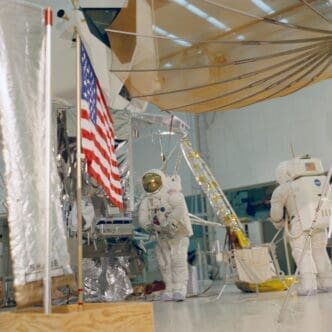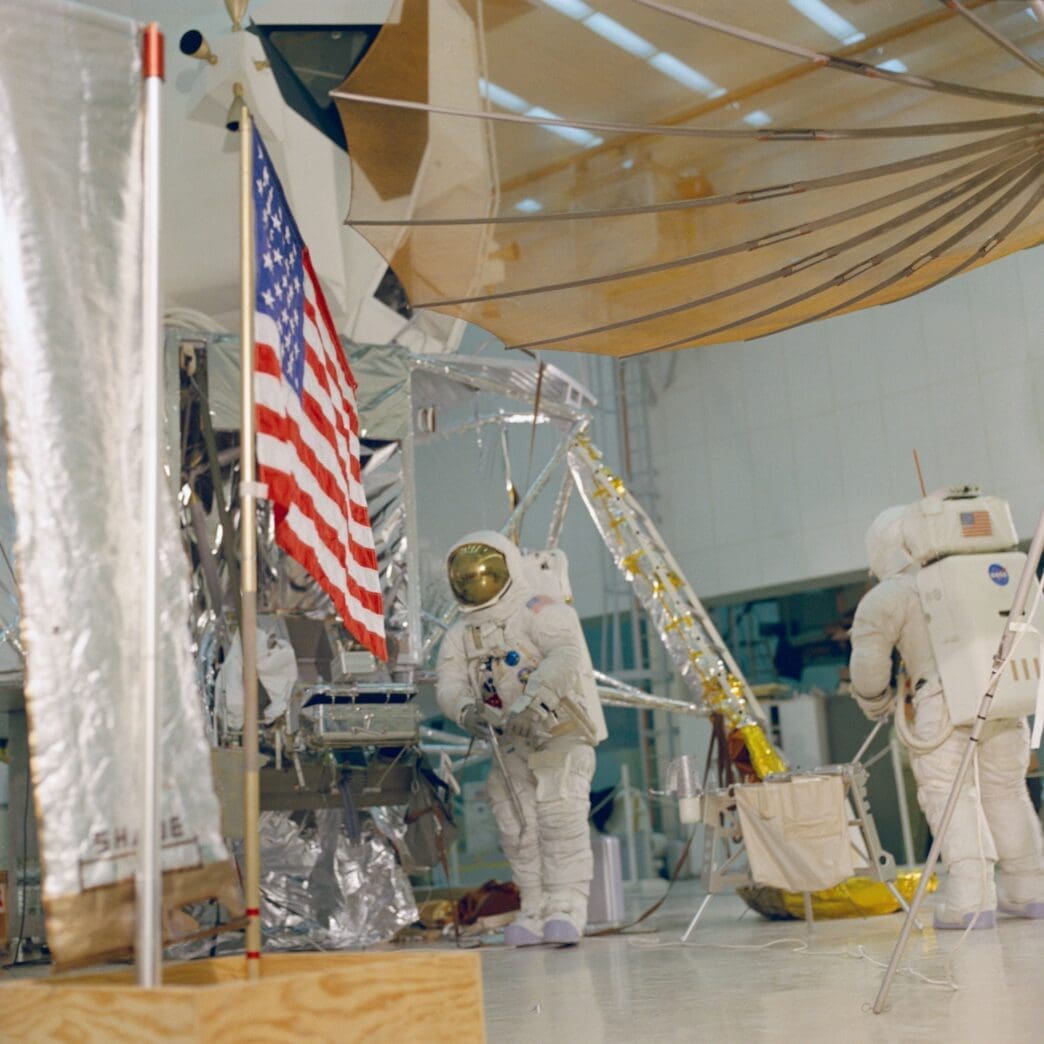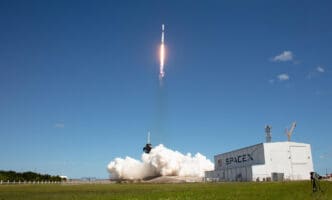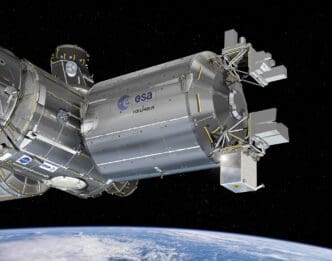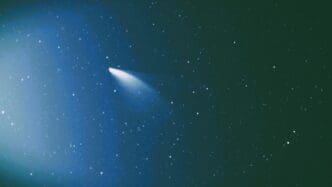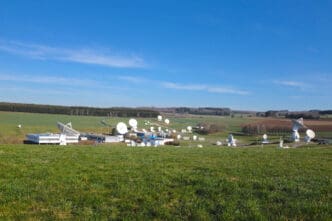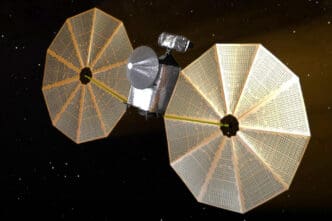Fifty-five years ago, NASA was buzzing with excitement and activity. Apollo 13 was gearing up for its journey, with just two months left. The crew was deep in preparations, while engineers were busy fine-tuning the Saturn V rocket.
Training was in full swing for the astronauts slated to explore the Moon’s surface. The upcoming Apollo missions had everyone at NASA working tirelessly. Meanwhile, Apollo 12’s crew embarked on a worldwide goodwill tour, sharing their lunar experiences.
Apollo 13: Countdown to Launch
In February 1970, the Apollo 13 crew, which included James Lovell, Thomas Mattingly, and Fred Haise, were entrenched in rigorous training. The mission’s goal was to land in the Fra Mauro highlands on the Moon. The backup crew, comprising John Young, John Swigert, and Charles Duke, were equally hard at work. Engineers diligently prepared the Saturn V rocket and spacecraft for the scheduled April 11 liftoff. The crew spent countless hours in simulators, practicing lunar module landings and moonwalks.
At the Kennedy Space Center, engineers completed the Flight Readiness Test for Apollo 13’s Saturn V rocket by February 26. The test checked all systems for flight readiness and compatibility with ground support gear. The astronauts engaged in simulations of the countdown and liftoff sequence, ensuring everything was in perfect order for the mission. This paved the way for a countdown dress rehearsal by the month’s end.
Training in Lunar Simulations
Training was a critical part of the Apollo missions, focusing heavily on the perilous final descent to the Moon. Commanders practiced these maneuvers using the Lunar Landing Training Vehicle at Ellington Air Force Base. Built by Bell Aerosystems, this trainer mimicked how the Lunar Module would handle. Lovell and Young completed several flights here in February 1970.
Due to limited availability of the trainer, Lunar Module pilots practiced their descent using the Lunar Landing Research Facility at NASA’s Langley Research Center. Haise and Duke found these sessions invaluable, as they honed skills crucial for a successful landing. Duke even practiced exiting the Lunar Module during parabolic flights on a KC-135 aircraft, which mimicked lunar gravity.
Inside the KC-135, the astronauts rehearsed descending ladders to the Moon’s surface. They drilled setting up the American flag, adjusting the communications antenna, and gathering lunar samples. Meanwhile, engineers enhanced their spacesuits for comfort, installing water bags for hydration.
Scientific Goals on the Lunar Surface
The aim for Apollo 13 on the Moon was to perform extensive scientific experiments, including the deployment of the Apollo Lunar Surface Experiment Package (ALSEP). This suite contained four key investigations that would gather data post-departure from the Moon.
These experiments targeted various environmental factors. The Charged Particle Lunar Environment Experiment aimed to measure particle fluxes. The Cold Cathode Gauge Experiment would assess lunar atmospheric pressure. The Heat Flow Experiment sought to gauge subsurface temperatures, while the Passive Seismic Experiment looked to detect moonquakes, whether natural or mission-induced.
Another innovative task involved the Solar Wind Composition experiment. The astronauts would place aluminum foil sheets to capture solar particles, later analyzed on Earth. These setups were to occur during the crew’s planned 35 hours on the Moon, which included two four-hour spacewalks.
Apollo 14 Prepares for Its Lunar Adventure
Even as Apollo 13 prepared for launch, the gears were turning for Apollo 14, intended for an October 1970 flight to the Littrow region. Commanders Alan Shepard, Stuart Roosa, and Edgar Mitchell underwent immersive simulations with their backups Eugene Cernan, Ronald Evans, and Joe Engle.
Testing spacecraft systems was paramount, and these sessions included hands-on geology expeditions. Pioneering astronaut training, a key field trip took these crews to Mexico’s Pinacate Mountain Range in mid-February 1970. Guided by geologist Richard Jahns, they practiced using the Modular Equipment Transporter to maneuver gear on lunar terrain.
The preparation highlighted NASA’s holistic approach, blending technical training with science-focused missions, ensuring astronauts were ready for extraterrestrial challenges.
The World Tour of Apollo 12
The adventures of Apollo 12 had just begun as its crew embarked on a world tour to share the marvels of their mission. Starting February 16, 1970, astronauts Charles Conrad, Richard Gordon, and Alan Bean, with NASA and State Department representatives, began a 38-day goodwill tour.
Their journey kicked off in Latin America, visiting Venezuela, Peru, Chile, and Panama, before moving on to Europe, Africa, and Asia. With the Apollo 12 crew sharing scientific breakthroughs, lunar samples were also released to researchers globally, providing insights into the Moon’s secrets.
Legacy of Apollo in Modern Lunar Exploration
The Apollo missions, beyond their immediate objectives, laid the groundwork for ongoing lunar exploration. Their experiments, particularly the placement of mirror arrays (retroreflectors) on the Moon, have ongoing scientific value. Scientists utilize these mirrors to measure the Moon’s distance from Earth with remarkable precision.
These experiments show that the Moon’s shape and distance are influenced by Earth’s gravity. Such insights continue to inform NASA’s Artemis program today, which planned future crewed missions to the Moon.
Apollo’s legacy of scientific inquiry and exploration continues, fostering a deeper understanding of lunar phenomena.
As NASA looks to the future, the lessons and successes from the Apollo missions remain invaluable. These pioneering efforts have paved a robust path for today’s exploration endeavors.

